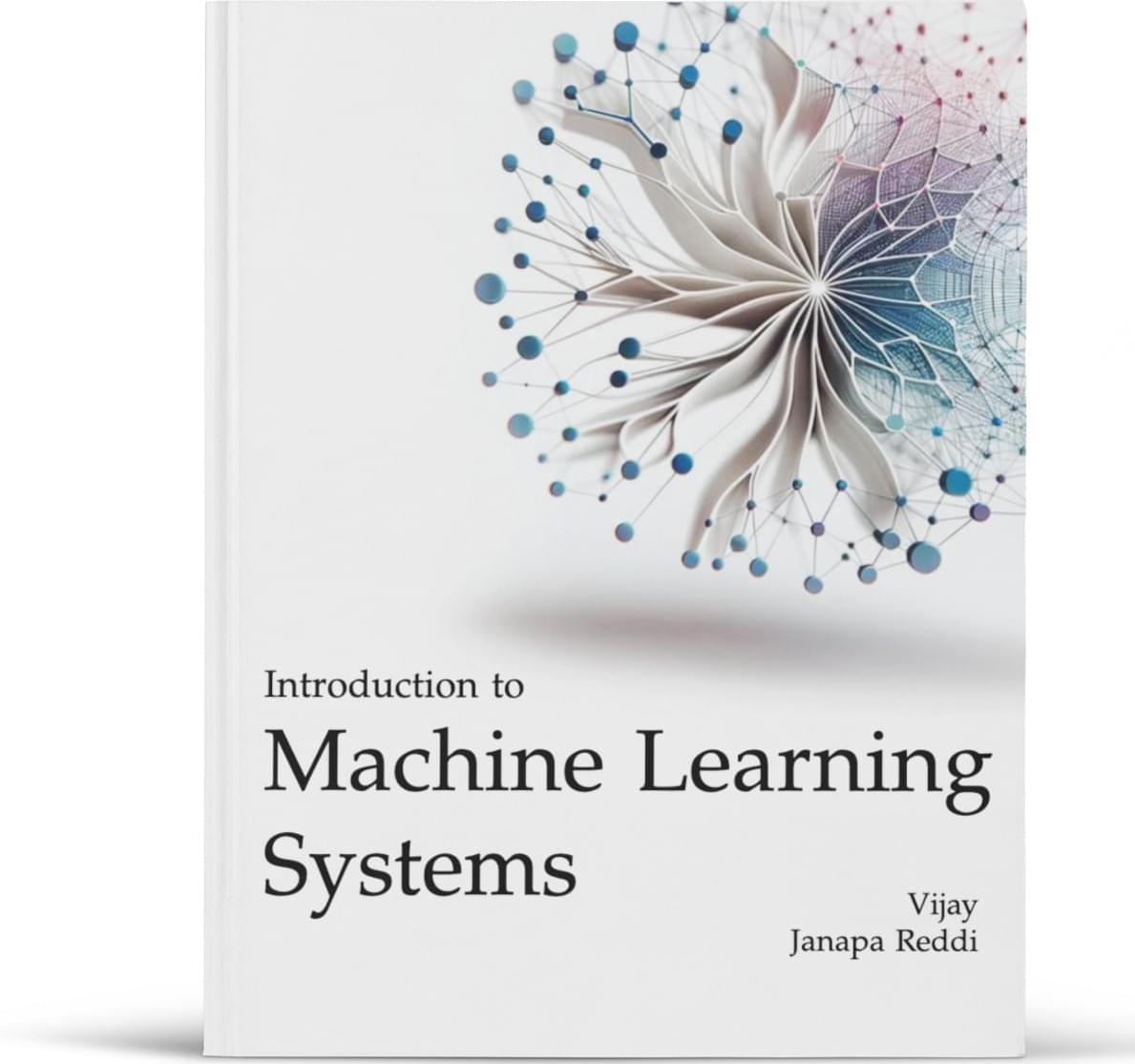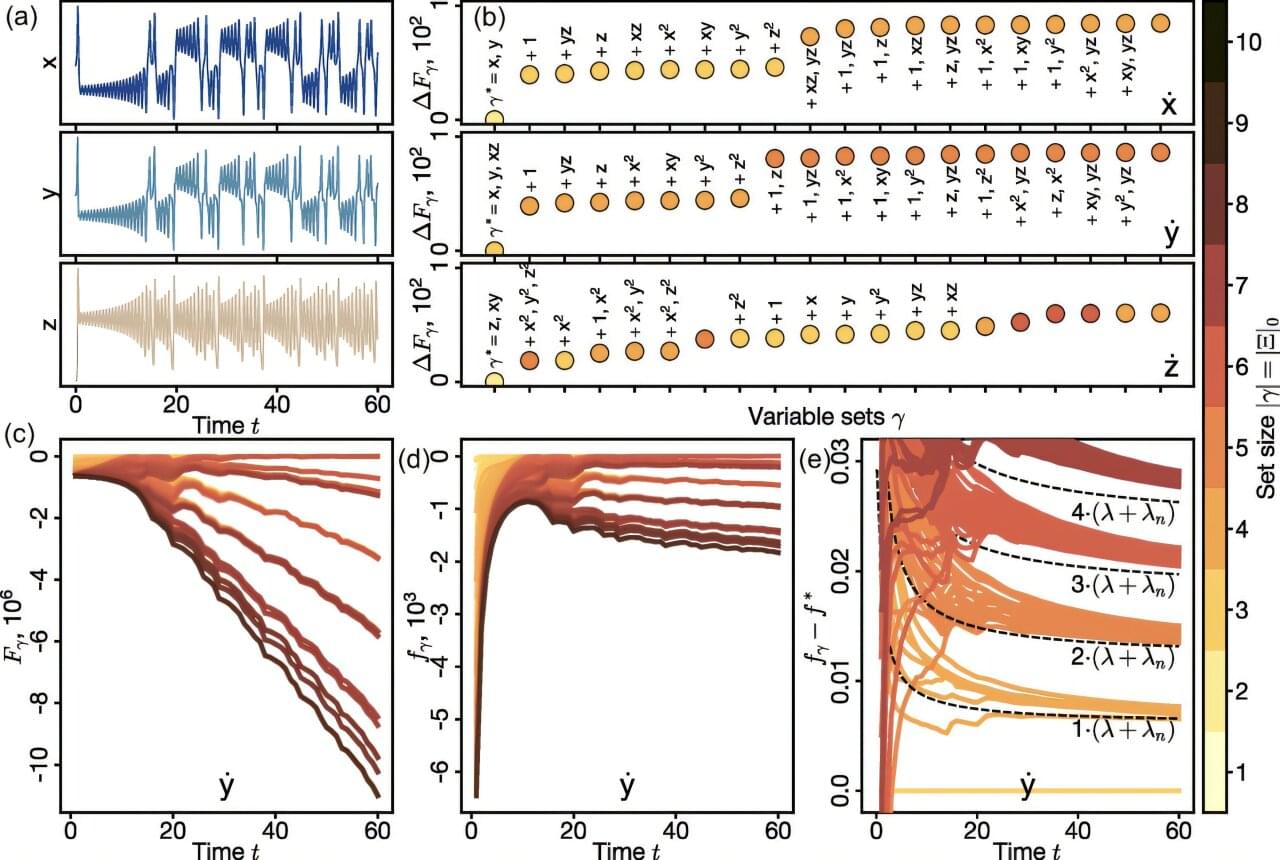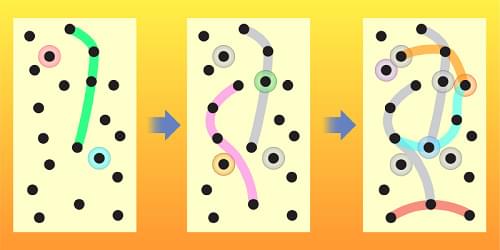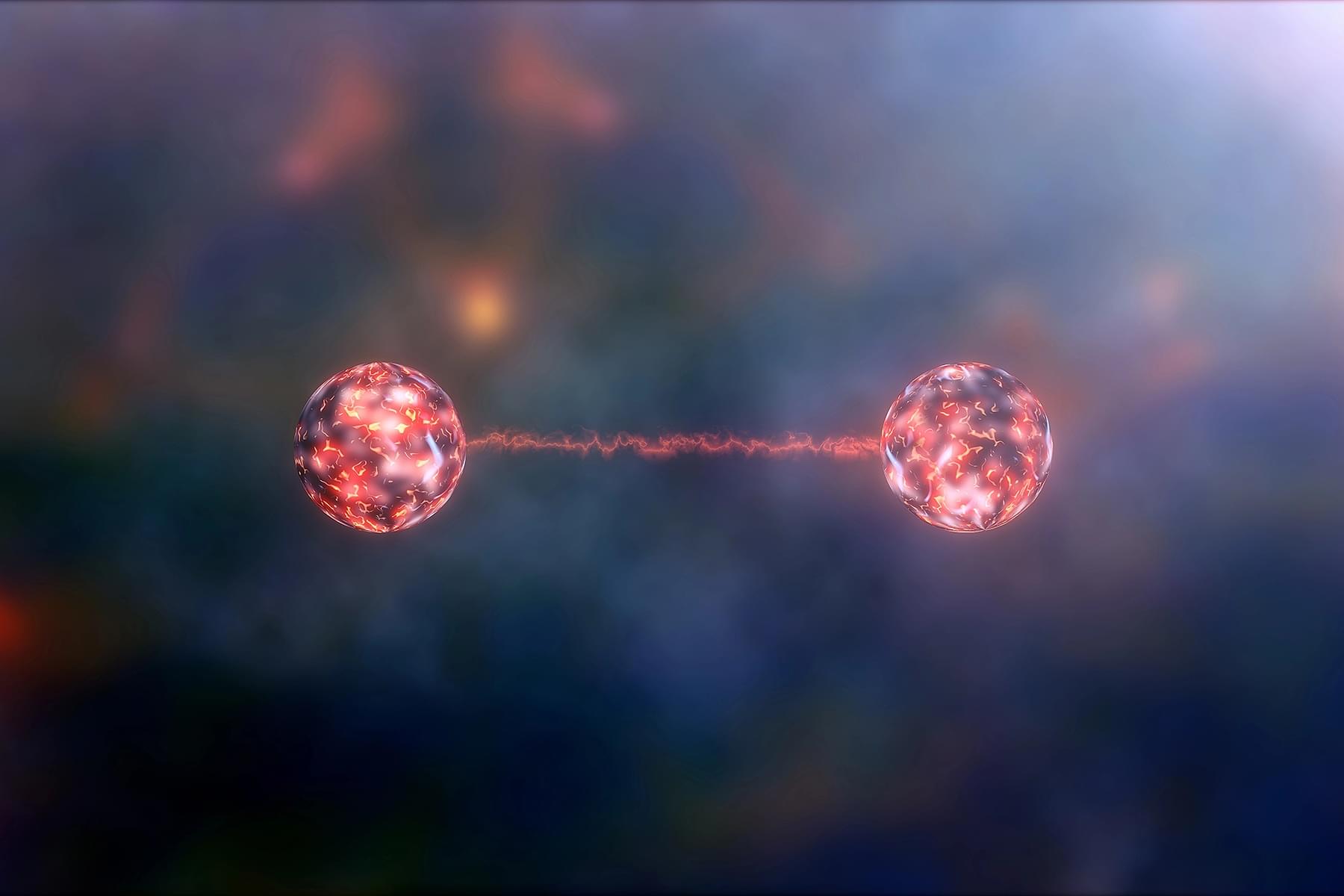Machine Learning Systems provides a systematic framework for understanding and engineering machine learning (ML) systems. This textbook bridges the gap between theoretical foundations and practical engineering, emphasizing the systems perspective required to build effective AI solutions. Unlike resources that focus primarily on algorithms and model architectures, this book highlights the broader context in which ML systems operate, including data engineering, model optimization, hardware-aware training, and inference acceleration. Readers will develop the ability to reason about ML system architectures and apply enduring engineering principles for building flexible, efficient, and robust machine learning systems.









